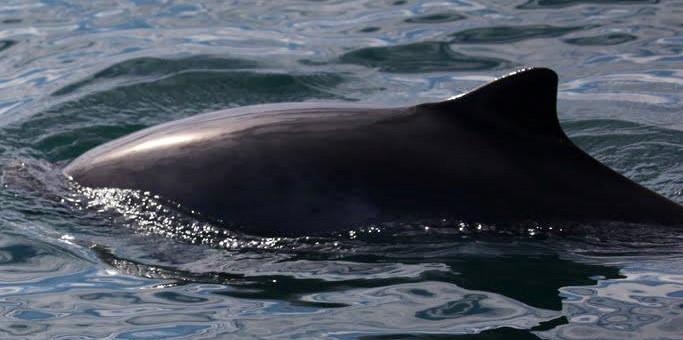Discussion
Using video footage to verify fishermen protocols
Although successful in verifying data from fishermen’s catch logbooks, the power of video recordings highly depends on the aim of the video footage. As shown in the present study, larger objects such as harbour porpoises and seals were successfully recorded, but not smaller objects such as birds and occasionally pingers. Furthermore, video footage is susceptible from external influences such as rain or poor light.Thus, video recordings and catch logbooks should be used in conjunction with each other and should not be used exclusively.
Overall pinger efficiency
FO pingers were overall more efficient in reducing harbour porpoise presence (DPM/h) than SSB pingers. The most plausible explanation is that the deterrent effect of the SSB pinger deteriorates more with distance, than that of the FO pinger, and therefore that the transmissions from the SSB pinger therefore are not sufficient to prevent bycatches of harbour porpoises. This would explain the high bycatch frequencies reported in gillnets with SSB pingers. This suggests that although the SSB pingers may reduce the presence of harbour porpoises in the vicinity of gillnets, they do not seem to deter harbour porpoises enough to lower overall incidental bycatch. Thus, further trials need to be made with the adjusted SSB pinger before making it commercially available.
In areas with lumpfish as target species, where bycatch was recorded in all three experimental treatments, gillnets with FO pingers had the lowest bycatch frequency and gillnets without pingers had the highest bycatch frequency of the experimental gillnet set-ups. This distribution is identical to that in the harbour porpoise presence trials, where gillnets with FO pingers had the lowest presence (shown as DPM/h) of harbour porpoise and gillnets without pingers the highest presence of harbour porpoises. Although not significant, the result from the bycatch trial could therefore signify a possible trend, suggesting that pingers actually reduced bycatch.

Responsible for this page:
Director of undergraduate studies Biology
Last updated:
05/30/20
